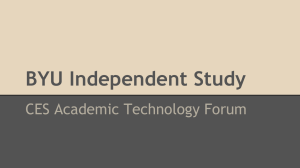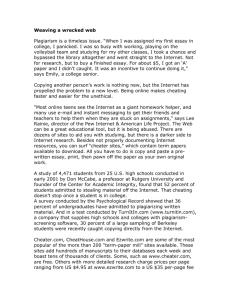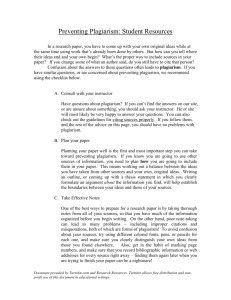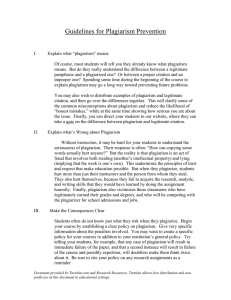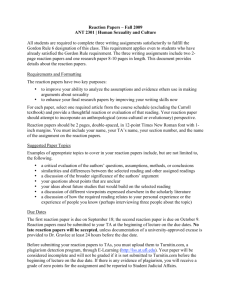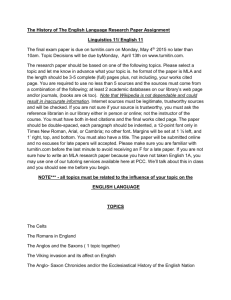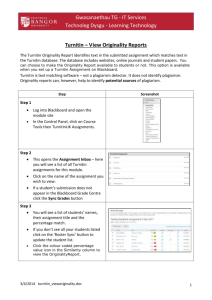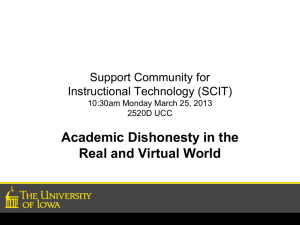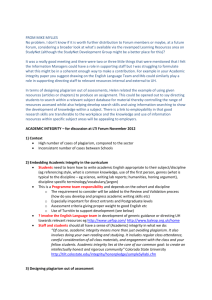Turnitin.com and Research Resources
advertisement
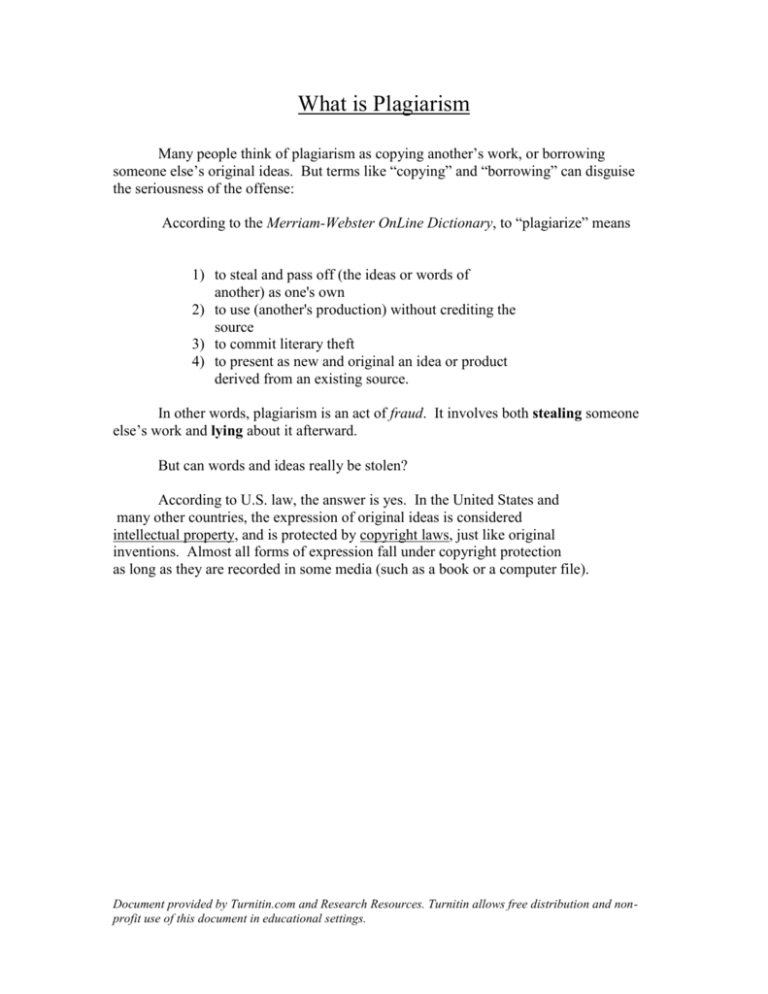
What is Plagiarism Many people think of plagiarism as copying another’s work, or borrowing someone else’s original ideas. But terms like “copying” and “borrowing” can disguise the seriousness of the offense: According to the Merriam-Webster OnLine Dictionary, to “plagiarize” means 1) to steal and pass off (the ideas or words of another) as one's own 2) to use (another's production) without crediting the source 3) to commit literary theft 4) to present as new and original an idea or product derived from an existing source. In other words, plagiarism is an act of fraud. It involves both stealing someone else’s work and lying about it afterward. But can words and ideas really be stolen? According to U.S. law, the answer is yes. In the United States and many other countries, the expression of original ideas is considered intellectual property, and is protected by copyright laws, just like original inventions. Almost all forms of expression fall under copyright protection as long as they are recorded in some media (such as a book or a computer file). Document provided by Turnitin.com and Research Resources. Turnitin allows free distribution and nonprofit use of this document in educational settings. All of the following are considered plagiarism: turning in someone else’s work as your own copying words or ideas from someone else without giving credit failing to put a quotation in quotation marks giving incorrect information about the source of a quotation changing words but copying the sentence structure of a source without giving credit copying so many words or ideas from a source that it makes up the majority of your work, whether you give credit or not (see our section on “fair use” rules) Attention! Changing the words of an original source is not sufficient to prevent plagiarism. If you have retained the essential idea of an original source, and have not cited it, then no matter how drastically you may have altered its context or presentation, you have still plagiarized Most cases of plagiarism can be avoided, however, by citing sources. Simply acknowledging that certain material has been borrowed, and providing your audience with the information necessary to find that source, is usually enough to prevent plagiarism. Document provided by Turnitin.com and Research Resources. Turnitin allows free distribution and nonprofit use of this document in educational settings. Document provided by Turnitin.com and Research Resources. Turnitin allows free distribution and nonprofit use of this document in educational settings.
